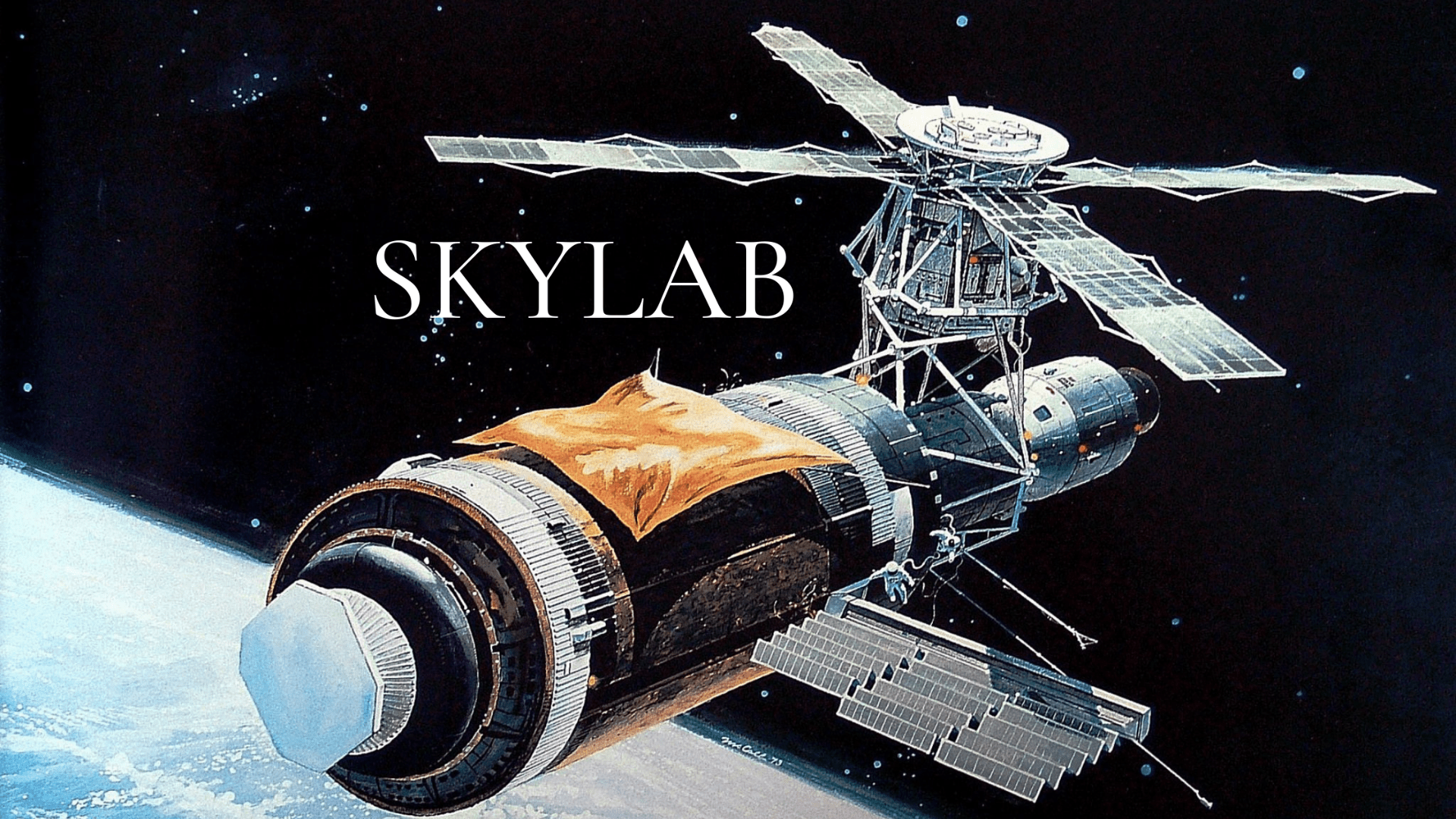
THE HISTORY OF SKYLAB
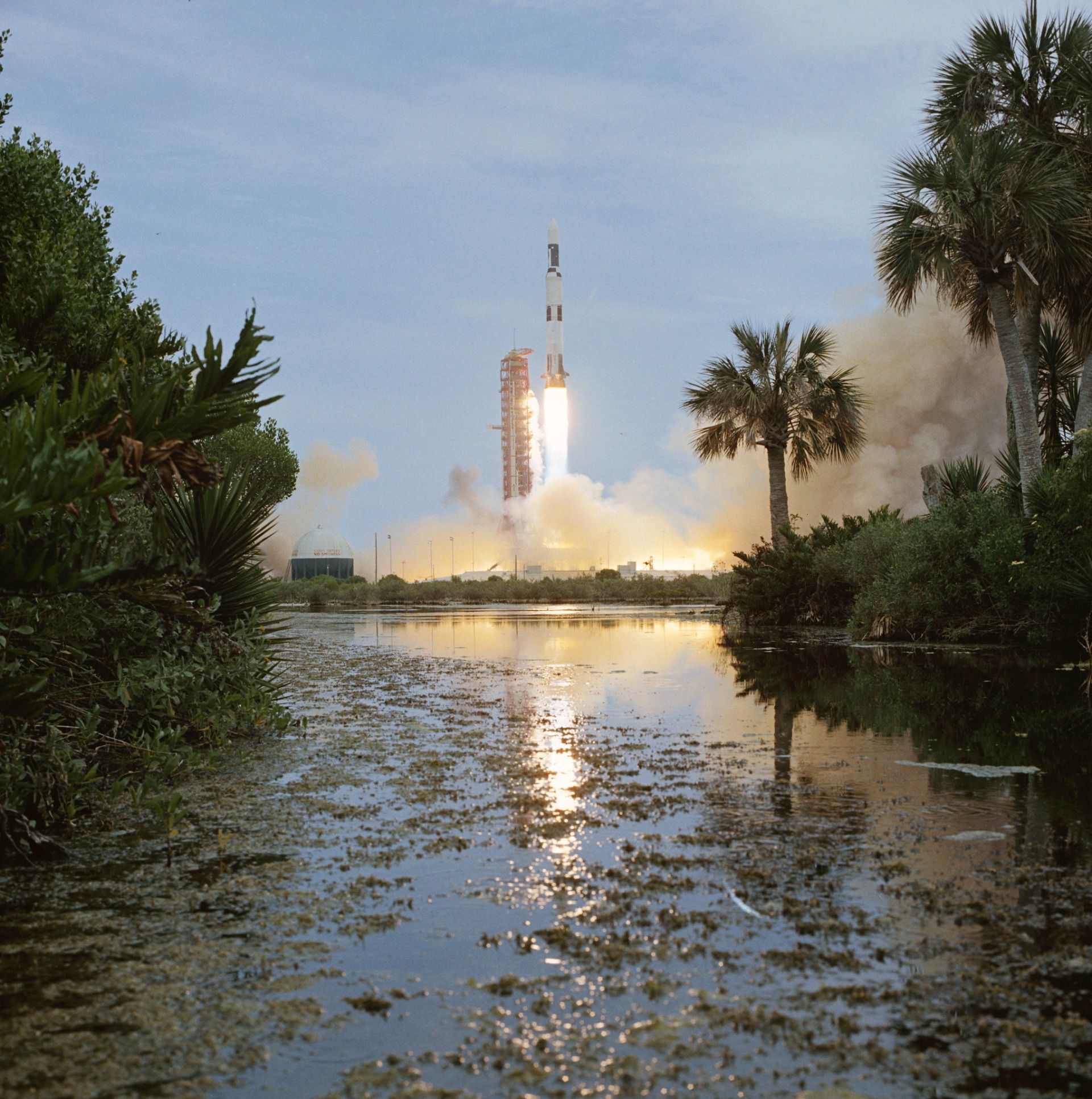
Skylab was the very first space station for the United States and was a stepping stone for the ISS. Skylab was launched by NASA in 1973 and was occupied for nearly 24 weeks between May of 1973 and February 1974. Three separate three-astronaut crews operated during the mission: Skylab 2, Skylab 3, and Skylab 4. After it was unable to be re-boosted into a more sustainable orbit by the Space Shuttle, which was not ready until 1981, Skylab's orbit decayed, and on July 11, 1979, it disintegrated in the atmosphere. The debris was strewn across the Indian Ocean and Western Australia.
Skylab space station was launched on May 14, 1973, by a modified Saturn V launch vehicle, when severe damage was sustained, including losing the station's micrometeoroid shield/sunshade and one of its main solar panels. Debris from the lost micrometeoroid shield complicated matters further by becoming tangled in the remaining solar panel, preventing its full deployment and leaving the station with a massive power deficit.
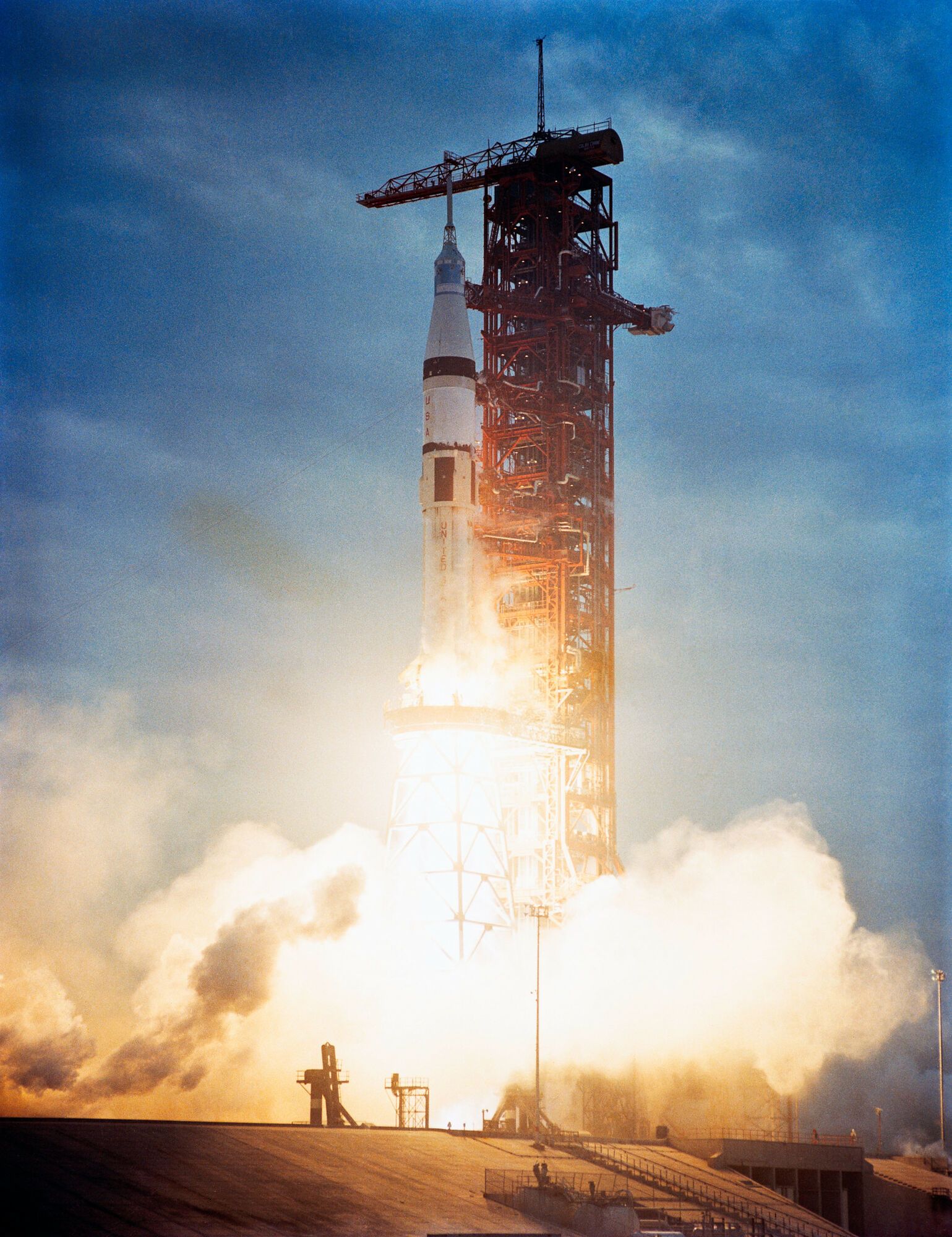
During the 171 days of its occupation, Skylab orbited Earth 2,476 times. Each of the crewed missions was longer than 23 days, which surpassed the previous human record for time spent in space, set by the Soyuz 11 crew aboard the Salyut 1 space station in June 1971. Skylab 2 lasted 28 days, Skylab 3 lasted 56 days, and the Skylab 4 crew was on Skylab for 84 days total. Over the three missions, the astronauts performed ten spacewalks, with 42 hours and 16 minutes spent on EVAs.
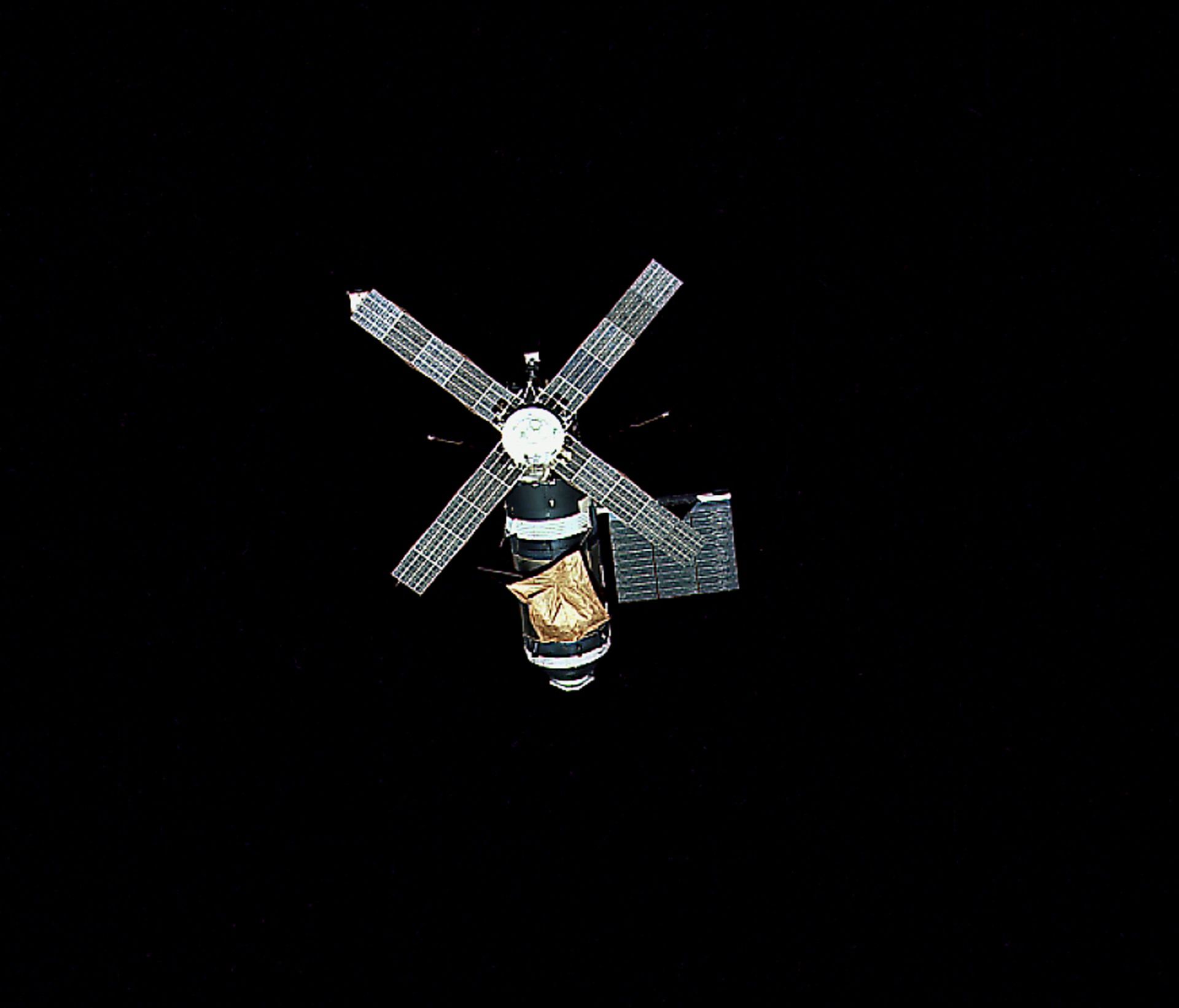
Before departure, about 80 experiments were named, although they are also described as "almost 300 separate investigations". Experiments were divided into the following six broad categories: Life science, which focused on human physiology, biomedical research, circadian rhythms in mice and gnats; Solar physics and astronomy, focusing on sun observations with eight telescopes and separate instrumentation, the Comet Kohoutek, stellar observations, and space physics; Earth resources, focusing on mineral resources, geology, hurricanes, land and vegetation patterns; Material science, focused on brazing, welding, crystal growth, metal melting, and water/fluid dynamics; Student research, which was based on 19 different student proposals including a dexterity experiment and a web-spinning test by spiders in low gravity; and Other, which focused on the ability to work, human adaptability, habitat design/operations, and dexterity.
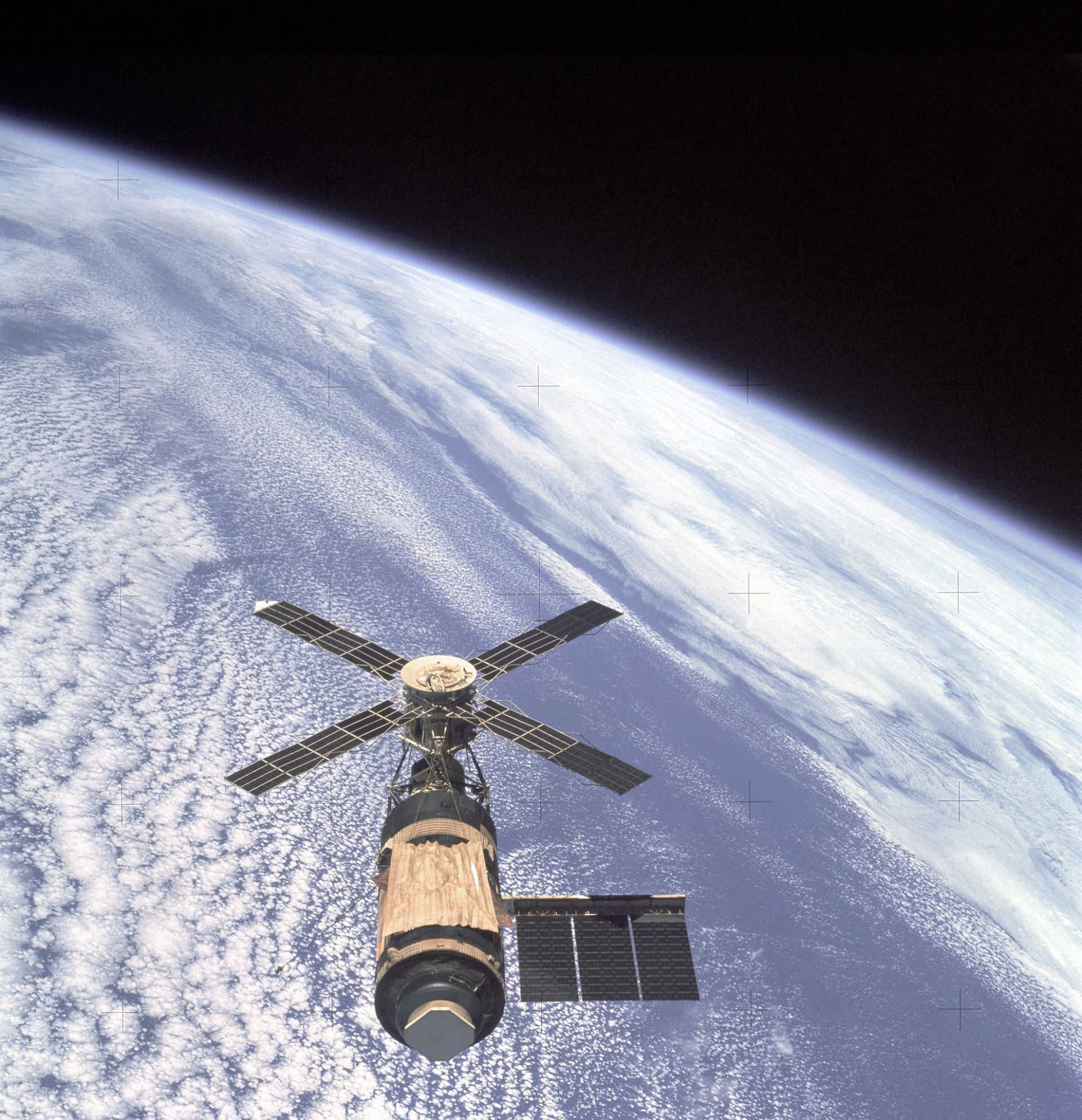
After getting a boost of 6.8 miles by Skylab 4's Apollo CSM before it departed for the last time in 1974, Skylab was left in a parking orbit that was expected to last until the early 1980s. This was based on 11-year sunspot cycle estimates that began in 1976. NASA first considered the potential risks of a space station re-entry as early as 1962. However, they decided not to incorporate a retrorocket system in Skylab due to cost and acceptable risk.
In 1979, British mathematician Desmond King-Hele of the Royal Aircraft Establishment (RAE) predicted that Skylab would crash to Earth after de-orbiting in 1979. This was sooner than NASA's forecast of the mid-1980s. This was due to increased solar activity, which heated the outer layers of Earth's atmosphere and increased drag on Skylab. By late 1977, NORAD also predicted re-entry for mid-1979. A scientist from National Oceanic and Atmospheric Administration (NOAA) criticized NASA for using an inaccurate model and ignoring NOAA predictions published in 1976.
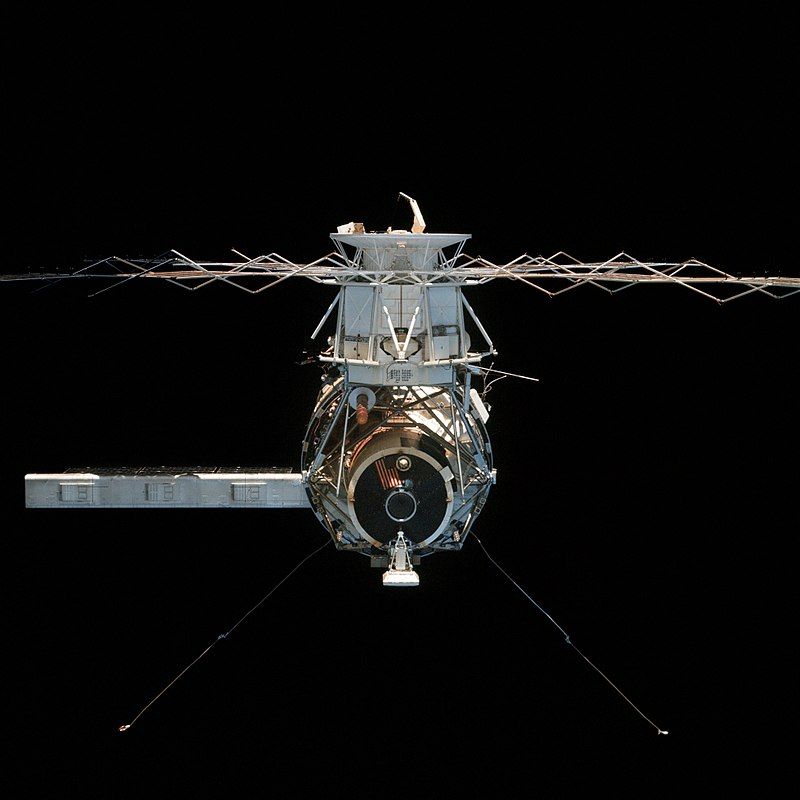
Contact was re-established with Skylab in March 1978, and its batteries were recharged. NASA worked on plans to re-boost Skylab into a more sustainable orbit with the Space Shuttle in 1978. However, the agency gave up in December 1978 when it was evident the shuttle would not be ready in time, seeing as its first flight did not occur until April 1981. Proposals to launch the Teleoperator Retrieval System using one or two uncrewed rockets or to attempt to destroy the station with missiles were rejected.
Skylab's destruction in 1979 was an international media event. There were T-shirts and hats sold with a bullseye on them, "Skylab Repellents" with money-back guarantees were sold, the time and place of re-entry were bet on, and there were nightly news reports on the status of Skylab. A US$10,000 prize was offered by The San Francisco Examiner for the first piece of Skylab delivered to its offices. The competing newspaper at the time, San Francisco Chronicle, offered US$200,000 to a subscriber that suffered personal or property damage.
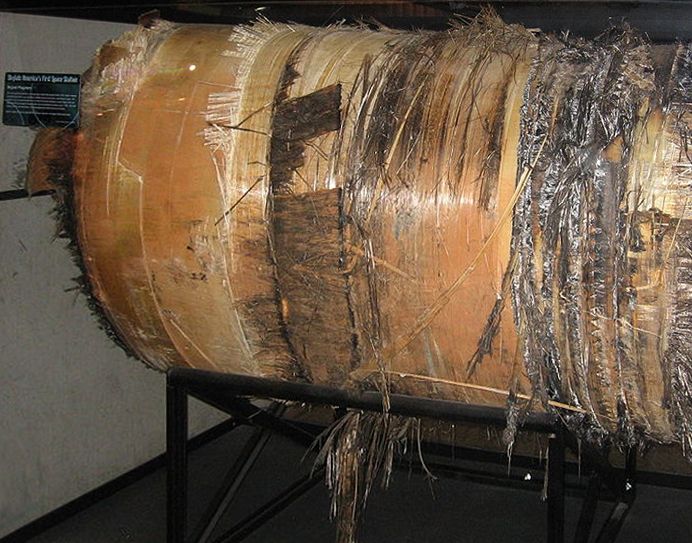
A week before re-entry, NASA predicted it would de-orbit between July 10 and 14, but most likely 12th and the Royal Aircraft Establishment (RAE) predicted July 14. Ground controllers adjusted Skylab's orientation in the hours before the event to minimize re-entry risk in a populated area. They aimed the station south-southeast of Cape Town, South Africa, and re-entry began on July 11, 1979. Skylab did not burn up in the atmosphere as fast as NASA predicted and, due to a four-percent calculation error, the debris landed about 300 miles east of Perth, Western Australia. It was found between Esperance and Rawlinna, around Balladonia. Dozens of colorful flares were seen by residents of the area and an airline pilot as large pieces broke up in the atmosphere. The debris landed in a nearly unpopulated area, but the sightings still caused NASA to fear human injury or property damage. The Shire of Esperance light-heartedly fined NASA $400 for littering. The fine was officially written off three months later, but the fine was paid on behalf of NASA in 2009 after Scott Barley of Highway Radio raised funds from his morning show listeners.
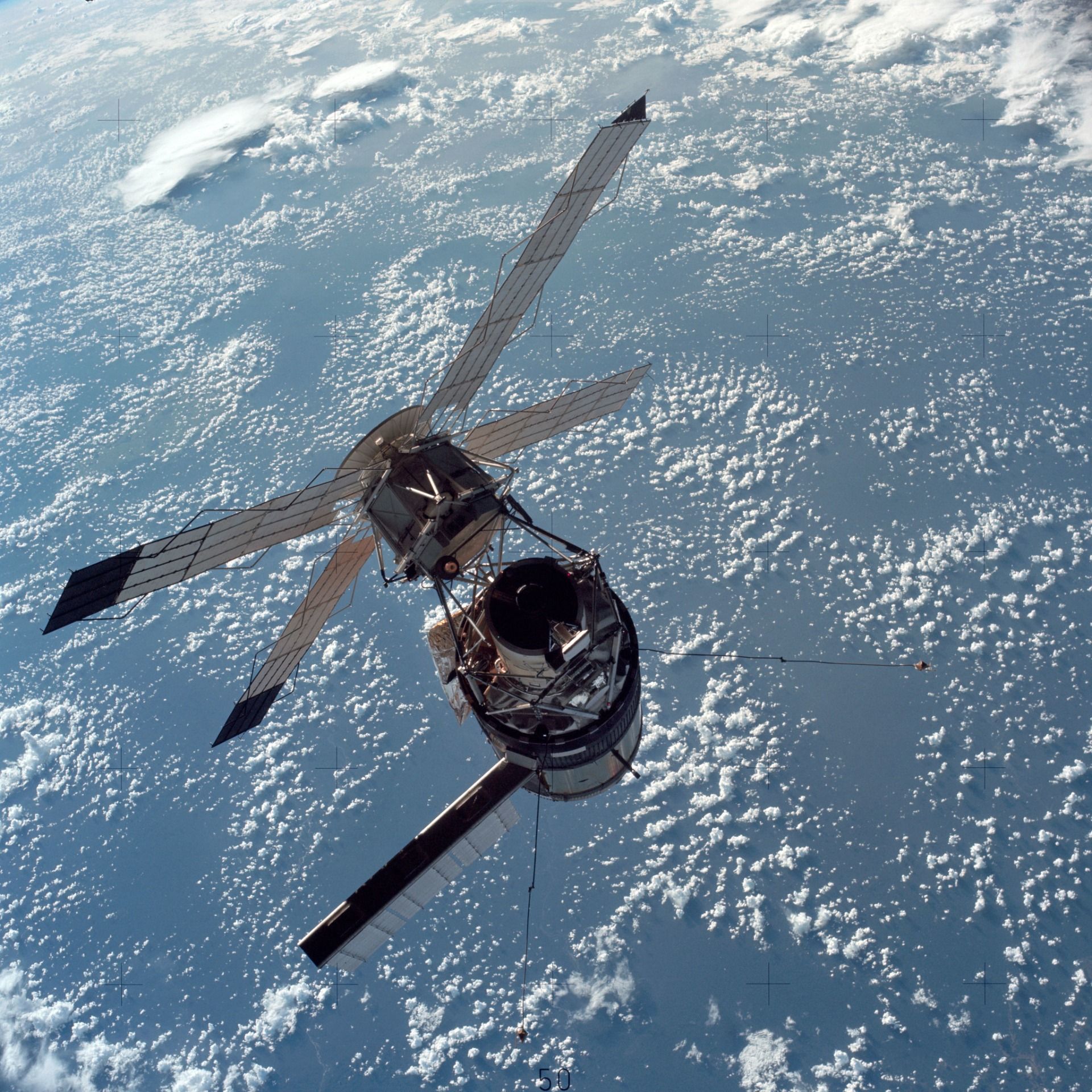
NASA focused on the reusable Spacelab module after the demise of Skylab. They were committed to building an orbital workshop that could be returned to Earth and deployed with the Space Shuttle. The next major American space station project was Space Station Freedom, which became the ISS in 1993.
Skylab was the first step toward reusable, sustainable spacecrafts. If it weren't for Skylab's re-entry, and all the problems faced, we may not have seen the need for a sustainable solution until much later. Skylab was a step toward conceptualizing the ISS, and set the precedent for what we could expect from long term habitation in space.
